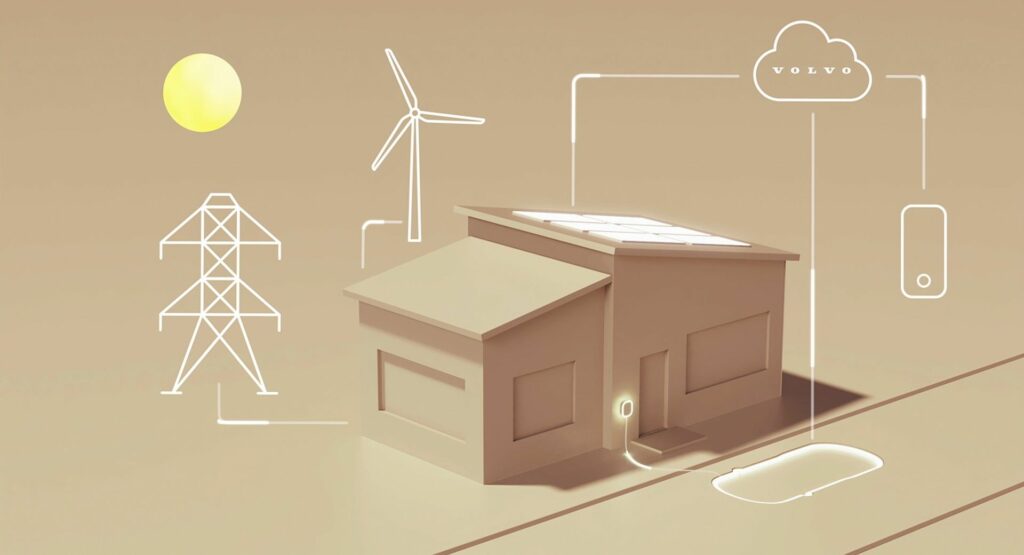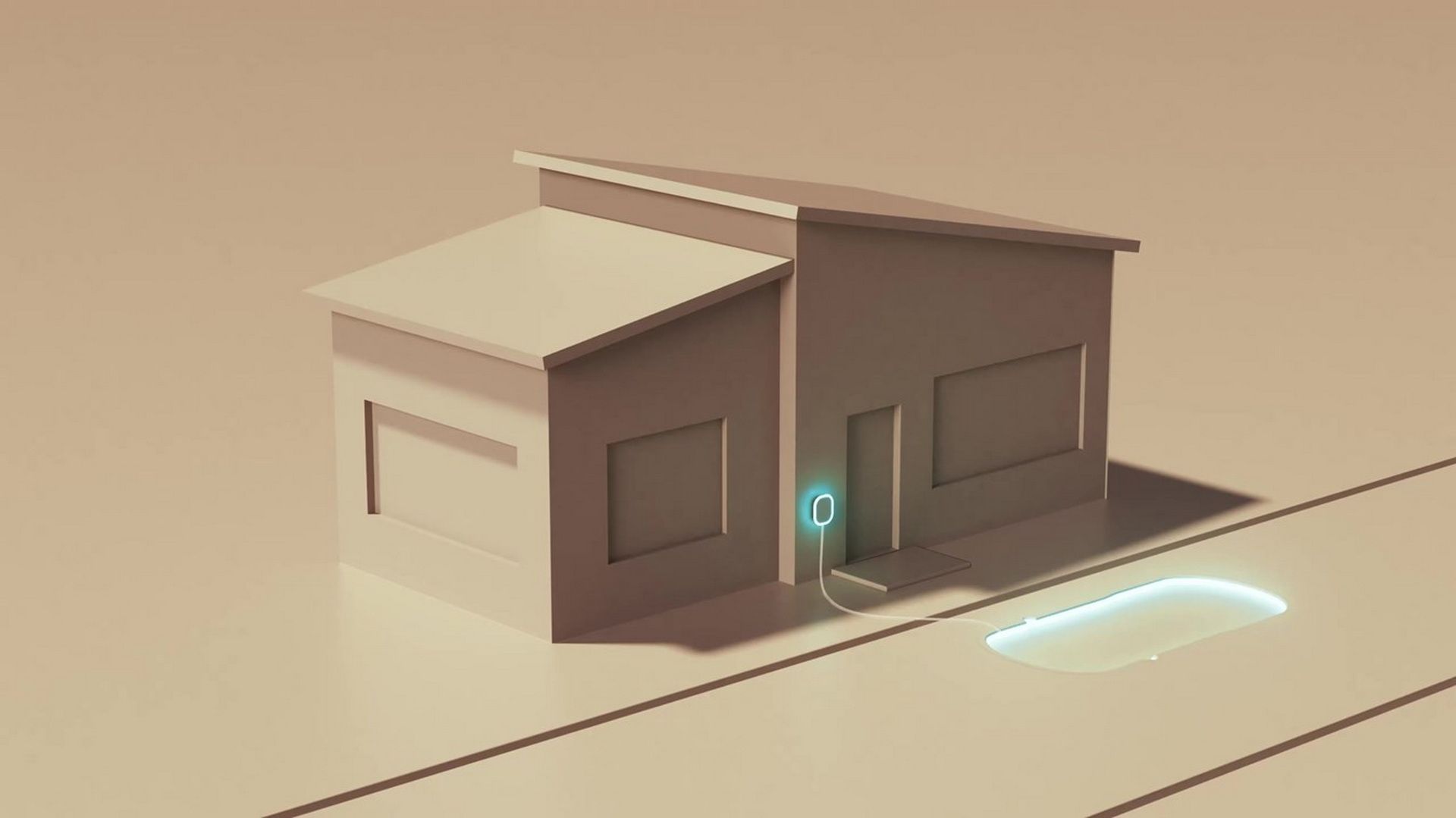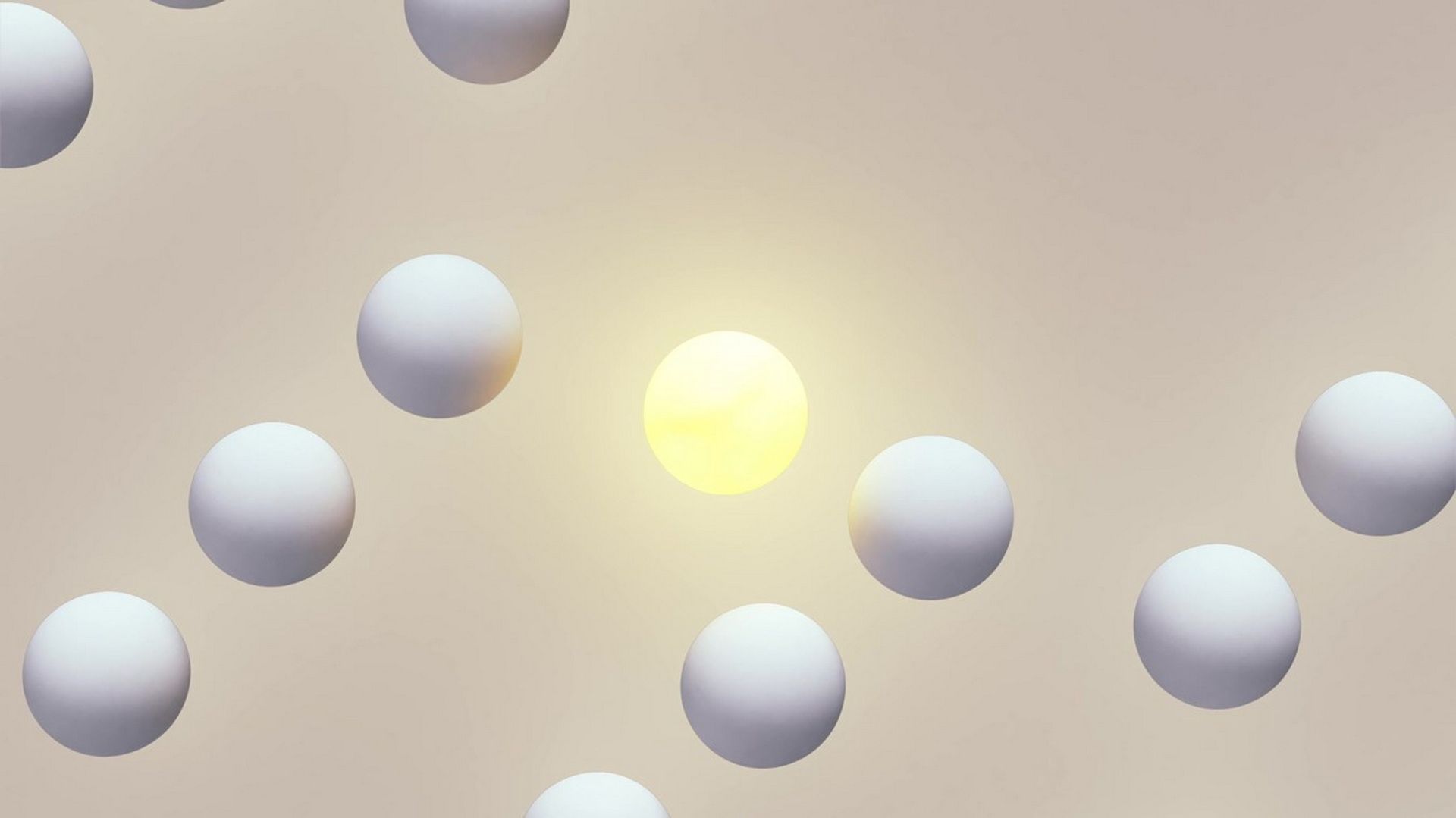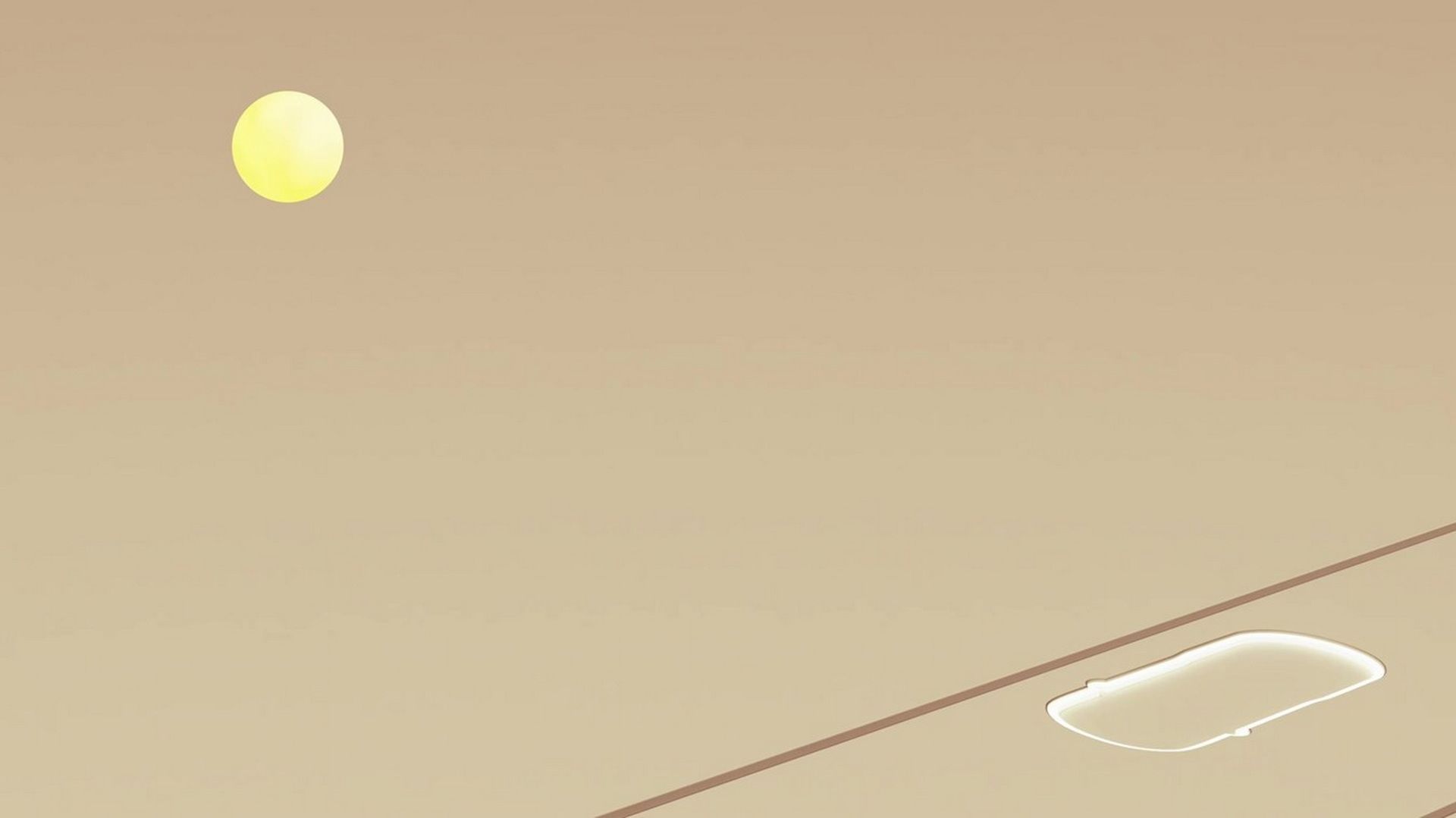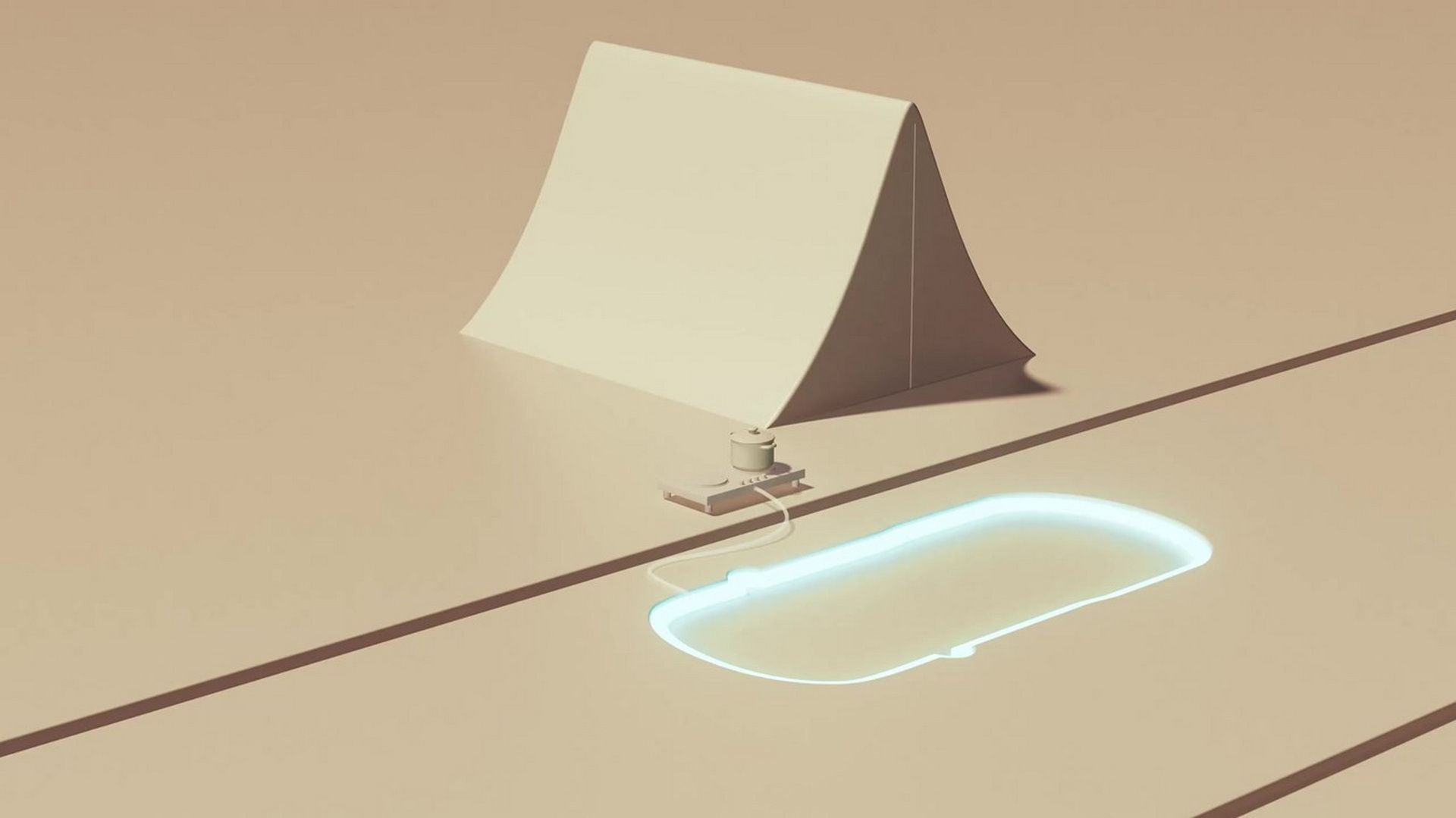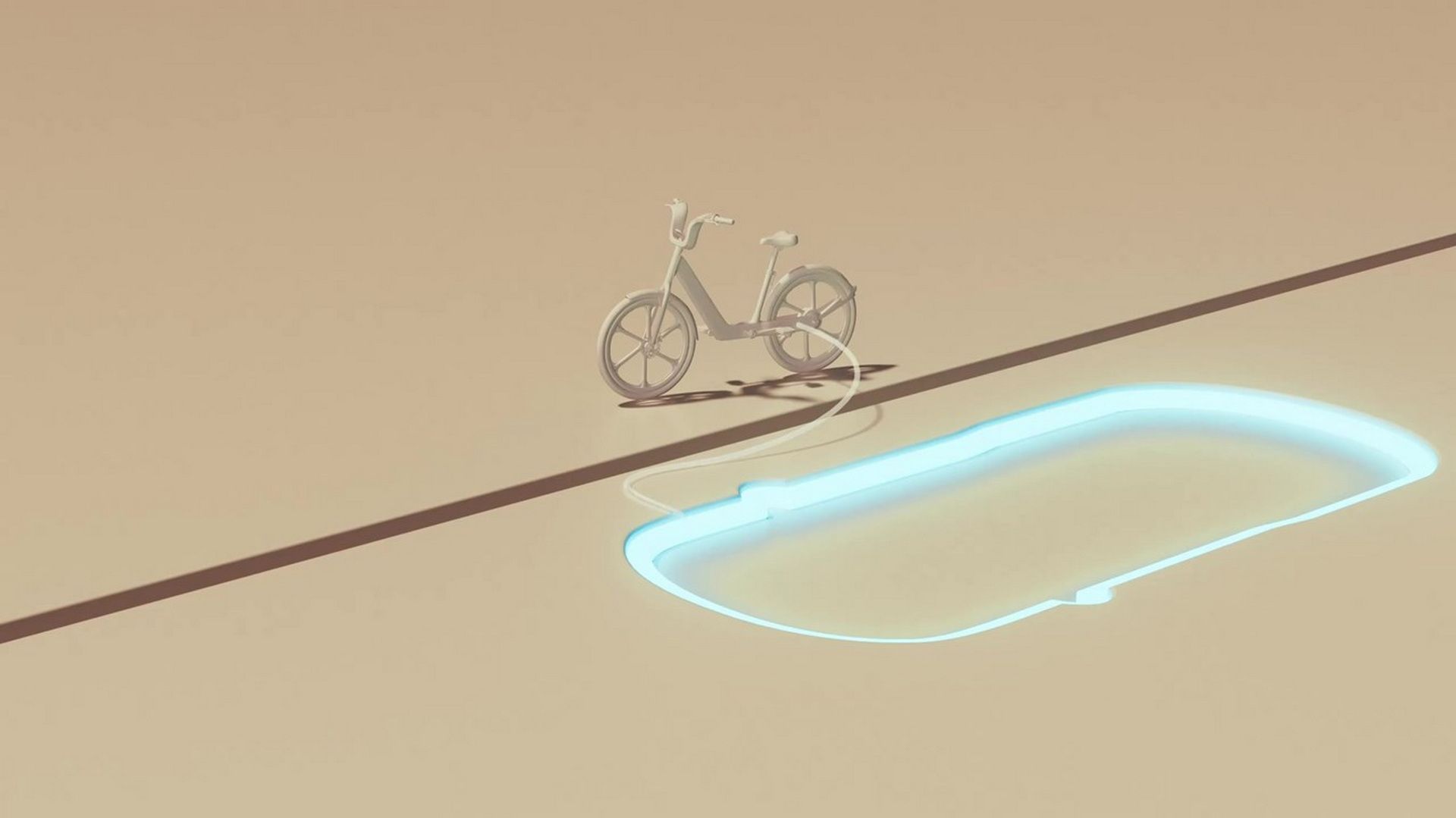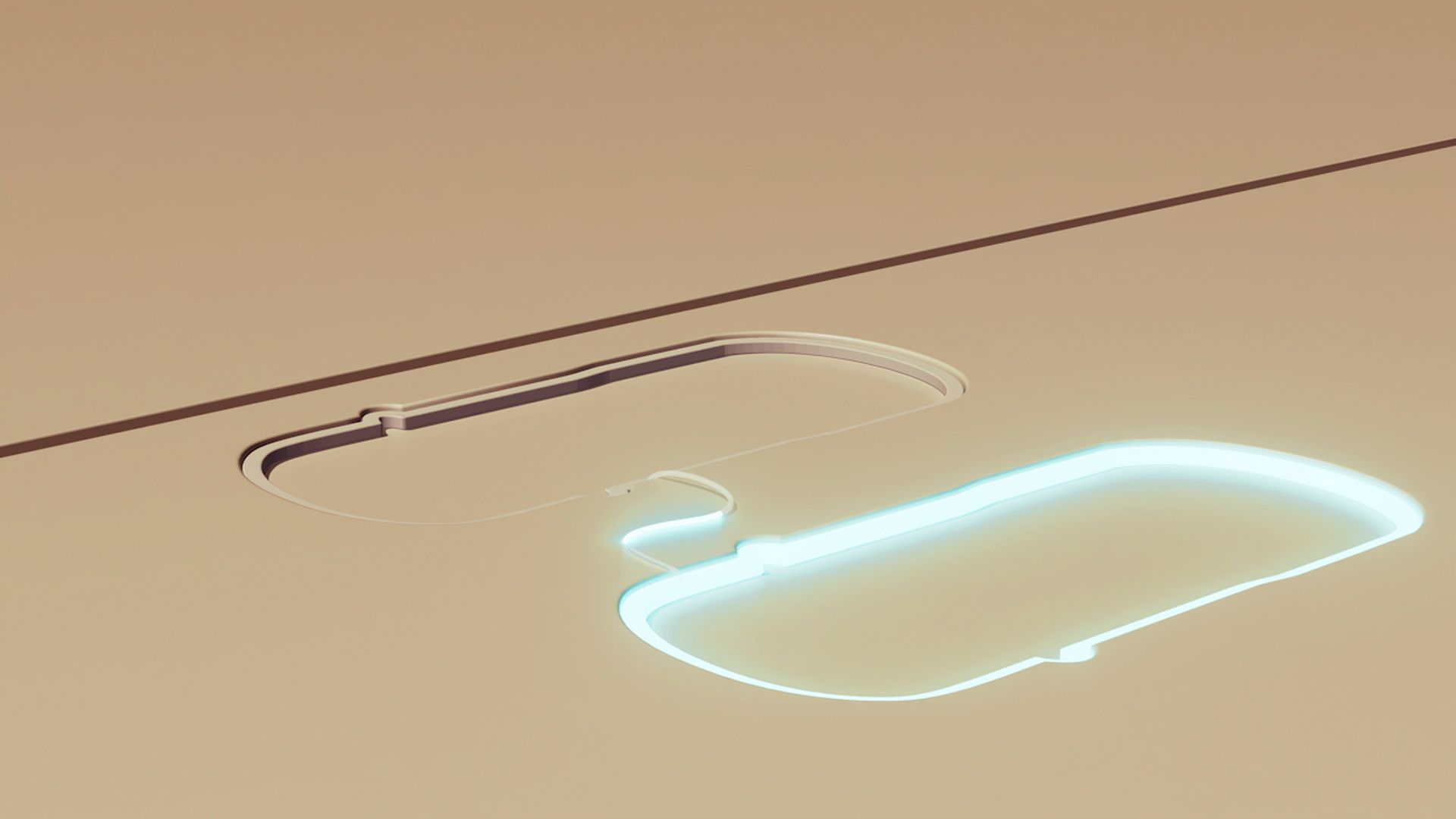Volvo published a new teaser for the upcoming EX90 electric SUV flagship, revealing its bi-directional charging capabilities. This feature will eventually expand to the entire Volvo EV lineup, allowing owners to send power back to the grid, charge other cars, and power different kinds of electric devices.
Amid the energy crisis, Volvo is looking for ways to make energy utilization “cheaper, more efficient, and sustainable”. The Swedish automaker will go EV-only by 2030. In a quest to make use of all the excess energy stored in their batteries, Volvo will equip them with the ability to send it back to the grid at times of increased demand. Bi-directional charging is being offered by more and more automakers.
Also Read: GM To Test Bidirectional Charging In California, Will Enable EVs To Power Homes
This means that when plugged in, your Volvo will be able to power your house, power electric devices during camping, charge another Volvo EV, or your e-bike, or simply send energy back to the grid reducing the strain during peak hours. Then, the vehicle will automatically choose the most suitable times for charging, which is usually during night hours when the cost and the demand for electricity are lower, with a richer mix of renewable sources.
The automaker said that the charging process will be automatic and managed entirely by the Volvo Cars smartphone application. The algorithm of the smart charging functionality will make sure charging and discharging of the battery are kept in a limited manner, safeguarding the health of the battery and reducing degradation.
The hardware for bi-directional charging includes an advanced wall box and home energy management system, while additional adapters and cables will also be provided by Volvo.
Volvo will start offering the charging feature to select markets, and gradually expand its use where it is needed.
The new Volvo EX90 will debut on November 9, when we expect to learn more about its specifications and features. Volvo has already confirmed it will be its safest model yet, thanks to an array of sensors and clever software.




